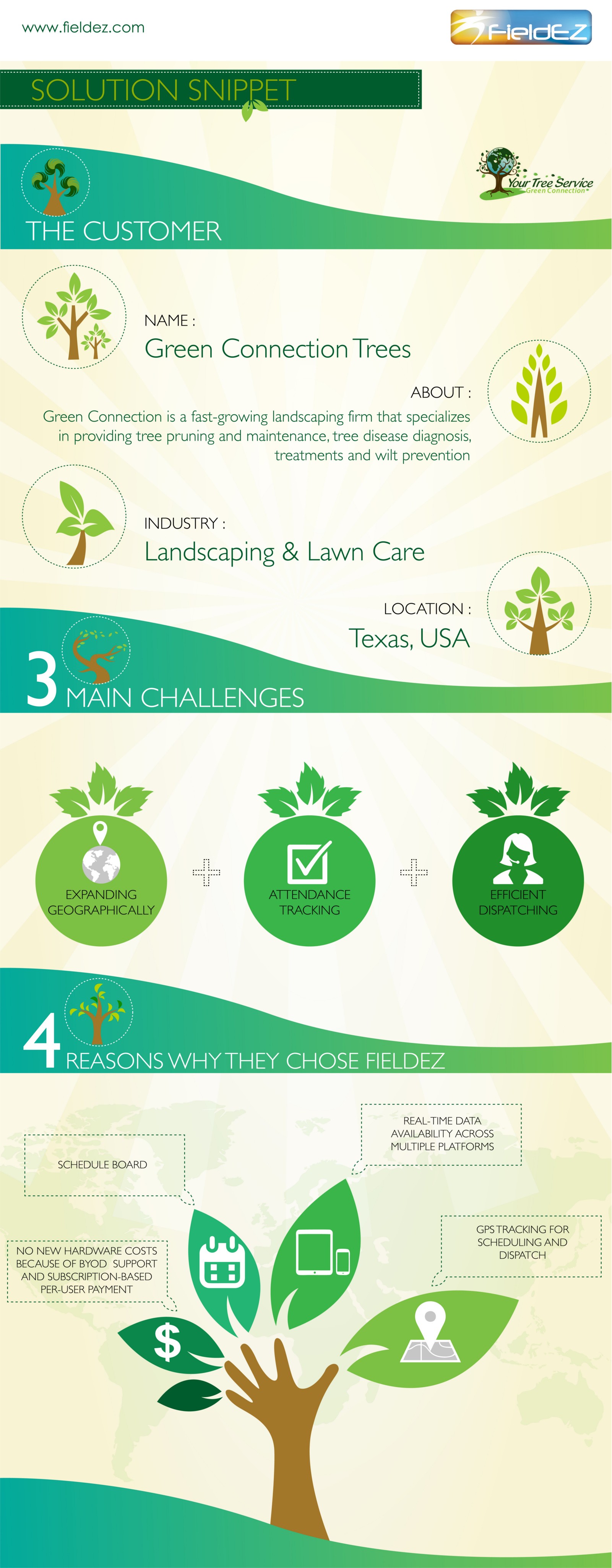Securing Your Landscape: Replanting After Tree Elimination
Securing Your Landscape: Replanting After Tree Elimination
Blog Article
Content Writer-Bang Upton
Tree removal can leave a gap in your landscape that requires filling. You can plant something brand-new in that space, however it takes additional treatment and interest at the starting to help it flourish.
low maintenance gravel garden design because area will certainly keep changing in time as microbes break down the old roots. That can impact the vitamins and mineral equilibrium and physical space for brand-new development.
Soil
The dirt in a plot where a tree has actually been gotten rid of is most likely to be really different from the rest of your garden or lawn. https://cdltrainingcost97642.luwebs.com/29914183/the-ultimate-overview-to-safe-and-effective-tree-elimination of the old tree and the stump will have altered the dirt, removing some nutrients and perhaps crowding out other plants. Additionally, if the previous tree was infected, the transmittable agent may still remain in the ground.
The existence of roots promotes a rich and diverse neighborhood of soil microorganisms that improves essential procedures like vitamins and mineral biking and organic matter decay. Without these bacteria, the displaced dirt can end up being less productive and nutrient-depleted, with an unfavorable effect on plant growth.
Before replanting, the soil must be eliminated of debris and organic product (such as timber chips from stump grinding). You may want to mix in potting dirt or native dirt with this compost to offer your new planting with an atmosphere that is well balanced and packed with nutrients.
Water
Tree roots take in large amounts of water from the dirt. This procedure likewise includes nutrients back to the dirt, specifically nitrogen, which is necessary for new trees and plants. Regrettably, old dirt can be depleted of these important minerals as a result of the rotting origins and stump from an eliminated tree.
This is why it is essential to have a plan for the future of your landscape. Ideally, the most effective time to plant is when you have a clean slate.
Whether you're growing turf or flowers, make sure to use a soaker tube to prevent overwatering your new landscape design. If the area was a garden, see to it to cover the soil with natural mulch to help keep dampness in the soil, manage soil temperatures and reduce weeds. This likewise gives a layer of defense for young plants and advertises worm activity. Then, routinely renew the compost to proceed improving the dirt nutrient thickness and microbial life. This is called soil repair.
Light
Trees are a wonderful addition to any type of landscape, providing shade, visual pulchritude, and several various other benefits. However, sometimes trees end up being unsightly as a result of a variety of reasons, consisting of disease, bug infestations and natural aging.
In such cases, it may be essential to eliminate a tree. It is necessary to think about the worth of a particular tree in your landscaping and take the proper actions to make sure that the removal is done securely and efficiently.
During the late summer, it's an optimal time to perform maintenance and assessments on existing trees. Look for signs of illness, insect problems, or architectural damage, as well as any prospective hazards such as weakened or leaning trees.
Prior to beginning any kind of building and construction projects, make certain to shield the root zones of existing trees by avoiding soil compaction and rating around them. Organic matter, as it breaks down, can generate poisonous gases that are damaging to the roots of a tree. It's likewise a great concept to mulch the area around a tree after building and construction has completed to save dampness and subdue weed growth.
Temperature
Trees are essential to a landscape for their aesthetic charm, but they also play a crucial duty in the local ecosystem by providing shade and windbreaks. They sustain wild animals habitats and reduce the quantity of co2 airborne, which can add to international warming. This is why it is recommended to replant trees after getting rid of one from the building.
When replanting a new tree in the location of a previous stump, the soil may not have enough nutrients to sustain it. It is best to await a year before growing to make sure that the dirt will certainly be abundant in nutrients.
To make certain that replanted trees flourish, it is critical to give them with appropriate treatment. A layer of mulch will maintain soil wetness from evaporating, control soil temperature level, and help suppress weeds. Organic mulch is the recommended choice because it improves dirt fertility. Recurring fertilizing and insect control are additionally essential for replanted trees.